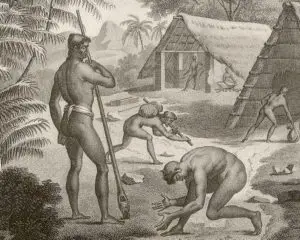
Social Classes in Traditional CHamoru/Chamorro Society
The social ranking of individuals, whether by age, gender or social status, has always been important in Chamorro society. In pre-Spanish times, social status dictated

The social ranking of individuals, whether by age, gender or social status, has always been important in Chamorro society. In pre-Spanish times, social status dictated
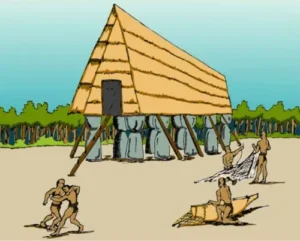
Fino’ gualåfon was a style of language developed and used by young bachelors in ancient CHamoru society. The term fino’ gualåfon translates as follows: “fino’”

The Chamorro/CHamoru word mo’na points to the idea that the CHamoru cosmology, in particular during the ancient period of Marianas history, was a circular one
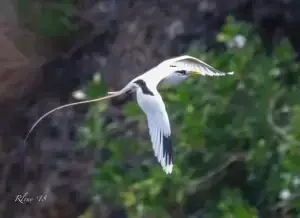
The utak or itak (Phaethon lepturu) is a bird Chamorros/CHamorus believe plays a role as providing an omen of life and death. The bird is
Divorce. The earliest information known about the Ancient Chamorro/CHamoru style of divorce comes from the notes of Fray Juan Pobre de Zamora.
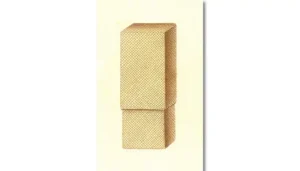
Kottot (pronounced koe-toot) is a rectangular basket made from the leaves of the åkgak (awhk-gak) tree, which is the Screw pine (pandanus tectorious). The kottot
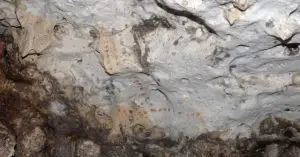
Freycinet also noted that an examination of CHamoru words and phrases supports the idea that the islanders were knowledgeable about astronomy and maritime arts. For
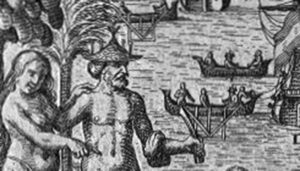
First used in the 16th Century. Inscribed on the Great Seal of Guam are the words “Tano I’ ManChamorro,” or Land of the Chamorros/CHamorus.

In ancient Chamorro/CHamoru society, each CHamoru was expected to possess knowledge and ability in a wide range of skilled, but unspecialized tasks, generally dictated by

Aniti is the ancient CHamoru word which meant spirit. In its contemporary use, it has evolved to mean evil spirit or demon though some people